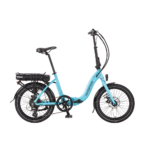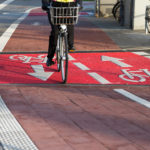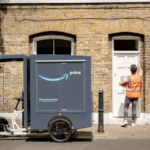Hi,
With 5 grand to spend on two hybrid bikes for use either road, or off road, on purpose built cycle tracks, what would be a good choice. From our point of view being in the good few years retired bracket, comfort has to come into it.and also getting as much distance in as possible.
We're fairly new to the lecky bike business so don't always understand the motor description ie, 400 or 500w and also battery amps.
We're hoping to take the bikes with us when we travel in our motorhome to be able to get about when parked up on site. I already have a small box trailer so they would go in there to avoid any payload problems
Thanks very much for any advice and suggestions..
With 5 grand to spend on two hybrid bikes for use either road, or off road, on purpose built cycle tracks, what would be a good choice. From our point of view being in the good few years retired bracket, comfort has to come into it.and also getting as much distance in as possible.
We're fairly new to the lecky bike business so don't always understand the motor description ie, 400 or 500w and also battery amps.
We're hoping to take the bikes with us when we travel in our motorhome to be able to get about when parked up on site. I already have a small box trailer so they would go in there to avoid any payload problems
Thanks very much for any advice and suggestions..






